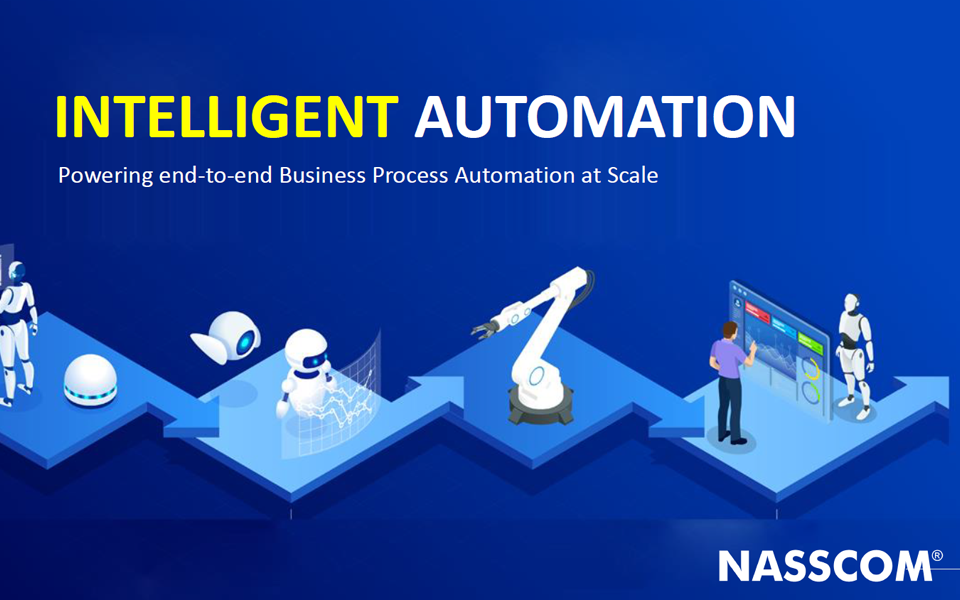In the wake of the pandemic, businesses are faced with an environment that demands more than just the automation of discrete tasks. The vast quantities of data generated daily, much of which is unstructured, necessitate a shift in approach. Businesses must leverage intelligent technologies like Machine Learning, Computer Vision, and Natural Language Processing (NLP) to not only automate processes but also to enhance decision-making, predict outcomes, and create hyper-personalized offerings for their customers. This presents a significant opportunity for small and medium-sized businesses (SMBs) to streamline their operations and improve customer engagement.
To embark on a meaningful automation journey, SMB leaders should first identify the areas within their organizations that are ripe for automation. This could be customer service, data analysis, or even marketing communications. Before moving ahead, it’s important to understand the potential risks involved, such as data privacy concerns and the possible loss of the human touch in customer interactions. However, with a structured approach, the ROI from implementing AI-driven automation can be substantial.
Getting started with automation doesn’t require a heavy investment or vast technical expertise. One of the most accessible paths for SMBs is the use of integration platforms like Make or Zapier. These tools facilitate connections between various applications, enabling seamless workflows without the need for extensive coding knowledge. For example, a small retail business could automate the process of responding to customer inquiries. By connecting a customer relationship management (CRM) system with an NLP tool, the business can analyze incoming messages, categorize them based on urgency or topic, and even provide automated responses.
To illustrate, let’s explore a step-by-step approach to implementing an automated customer service workflow. The first step is to select the applications that you currently use for customer interactions, such as email services or social media platforms. Identify the common queries that require immediate responses—these could include questions about order status or return policies.
Next, using a tool like Zapier, you would create a “Zap” that triggers an action when a specific event occurs. For instance, if a customer sends an email containing the phrase “Where is my order?” Zapier can automatically extract this question and route it to an AI-powered chatbot integrated into your website. The chatbot can provide instant replies or escalate the issue to a human representative if necessary, thereby ensuring that customer needs are met promptly while freeing up time for staff to tackle more complex inquiries.
Beyond customer service, SMBs can also automate various other operations, such as inventory management. By integrating inventory tracking software with sales platforms, businesses can automatically update stock levels as sales occur. This real-time data helps prevent overselling and allows for timely restocking, thereby enhancing customer satisfaction.
Moreover, companies can harness machine learning algorithms to analyze customer data, allowing for better understanding of purchasing patterns and preferences. These insights can guide marketing strategies and inform product development, resulting in offerings that are more finely tuned to customer desires. Implementing such predictive analytics tools can initially appear complex, but many platforms provide user-friendly interfaces and templates to ease this process.
While pursuing automation, it’s essential to continuously monitor its impact on operational efficiency and customer satisfaction. Establish metrics that align with your business objectives, such as response times, customer retention rates, and the volume of inquiries handled automatically. Regularly review and refine your automated processes based on these metrics to ensure they meet evolving business needs.
Despite the visible advantages, there is a level of caution that SMBs should exercise. A heavy reliance on automated systems can lead to a loss of personal connection with customers. Businesses must strike a balance by identifying when human intervention is essential, especially in high-stakes interactions or when dealing with unique customer needs.
Additionally, data privacy will always be a concern, particularly as regulations continue to tighten. Before implementing automation solutions, familiarize yourself with compliance regulations related to data handling and user consent. Ensuring that your automated systems are secure not only protects your business but also builds trust among your customers.
In conclusion, the post-pandemic business landscape offers unprecedented opportunities for SMBs willing to embrace automation through AI-driven tools. By methodically identifying areas for automation, refining workflows, and balancing technology with a human touch, businesses can unlock efficiencies and enhance customer engagement. Investing in automation today will yield returns far beyond immediate cost savings.
FlowMind AI Insight: The future of SMB operations hinges on intelligent automation, which not only streamlines workflows but also elevates customer experiences. By leveraging tools like Make and Zapier, companies can harness the power of AI to drive efficiency and growth, while maintaining a focus on security and customer relationships.
Original article: Read here
2025-08-18 06:25:00

